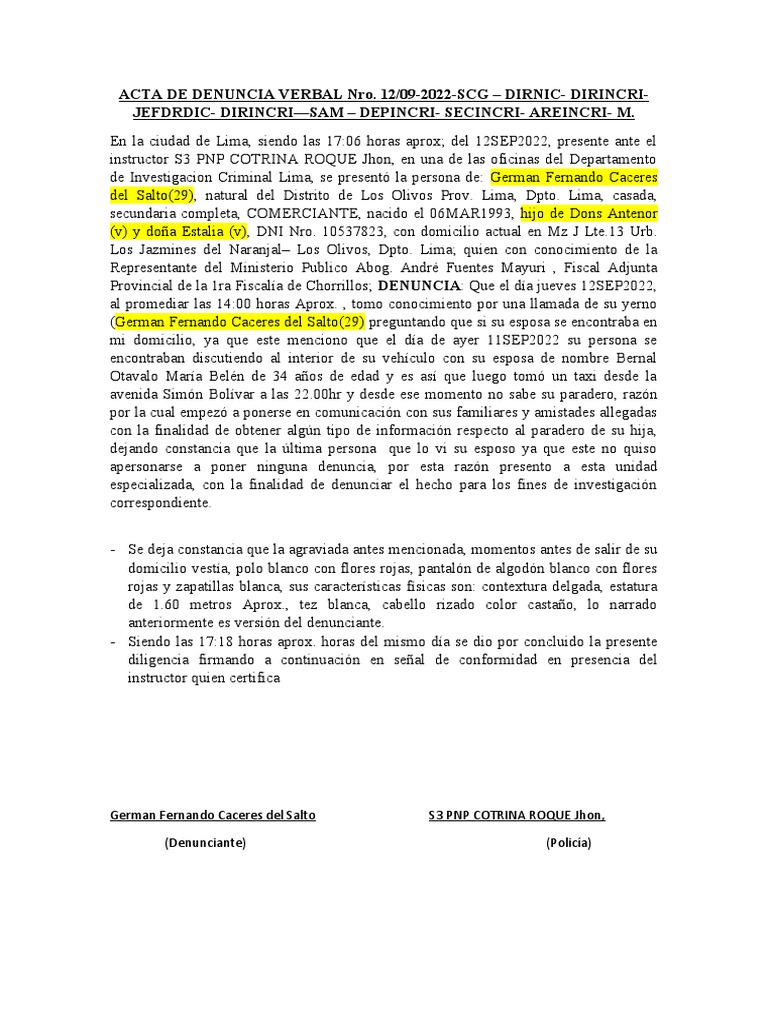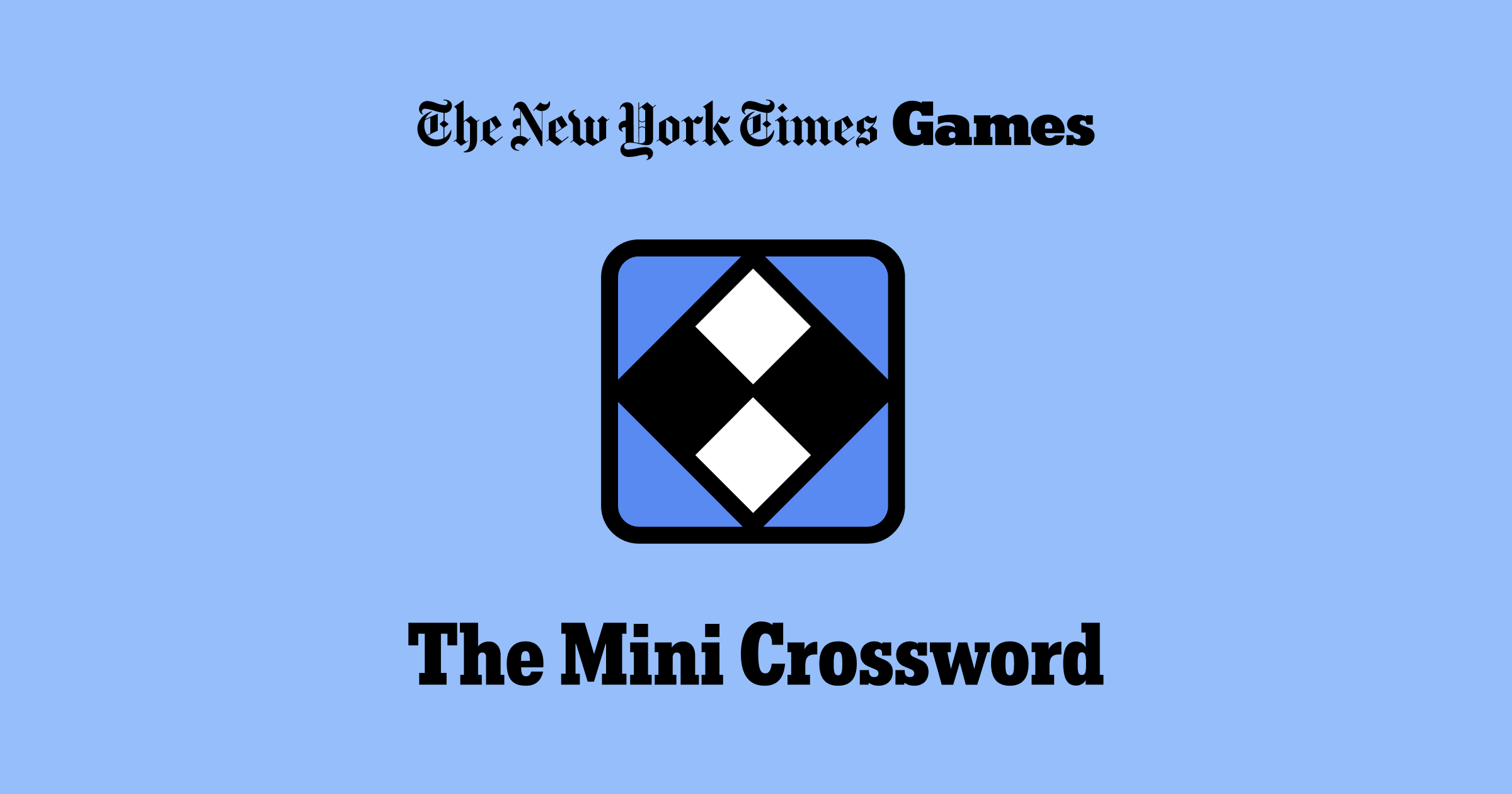Museum Programs At Risk: Examining The Long-Term Effects Of Budget Cuts

Table of Contents
The Immediate Impact of Budget Cuts on Museum Programming
Budget cuts immediately and drastically affect the heart of museum operations. The ripple effect is felt across all facets of programming, with long-lasting implications.
Reduced Educational Outreach Programs
Funding reductions often translate to a dramatic decrease in educational outreach. This is arguably one of the most detrimental effects, impacting the future generations who rely on museums for enriching learning experiences.
- Fewer school visits: Budget constraints force museums to limit or cancel school trips, depriving countless students of vital hands-on learning opportunities.
- Canceled workshops: Engaging workshops, tailored for diverse age groups and skill levels, are often the first casualties of budget cuts, limiting access to interactive museum experiences.
- Limited community access: Community engagement initiatives, such as after-school programs and family days, suffer, reducing accessibility for those who rely on these programs.
- Loss of educational opportunities: The cumulative effect is a significant loss of valuable educational opportunities, hindering the development of critical thinking skills and appreciation for art, history, and science. This impacts not only children but also underserved communities who depend on these free or low-cost resources. The impact of these cuts on museum education programs is profound and far-reaching.
Curtailment of Exhibitions and Special Events
Budgetary constraints directly translate to a decline in the quality and quantity of exhibitions and special events. This reduces visitor engagement and ultimately diminishes the museum's role within the community.
- Postponed exhibitions: Highly anticipated exhibitions are often postponed or canceled entirely, leading to lost opportunities for attracting visitors and generating revenue.
- Smaller-scale events: Special events, which often draw in diverse crowds and offer unique experiences, are scaled down or eliminated, limiting the museum's ability to engage the community.
- Decreased visitor engagement: Fewer and less exciting events lead to decreased visitor numbers, further impacting the museum's financial stability.
- Loss of revenue from reduced attendance: The financial consequences of reduced attendance create a vicious cycle, leading to more budget cuts and a further decline in programming. The ability to stage compelling museum exhibitions is directly affected by budgetary constraints.
Staff Reductions and Increased Workloads
When budgets are slashed, staff reductions are often inevitable. This creates an unsustainable situation for remaining employees.
- Fewer staff members: Layoffs result in a depleted workforce, compromising the museum's ability to deliver high-quality programs and services.
- Increased workload for remaining staff: The remaining staff are forced to shoulder increased workloads, leading to burnout and reduced job satisfaction.
- Potential burnout: The stress of increased responsibilities can lead to staff burnout, negatively impacting the quality of their work and ultimately the visitor experience.
- Diminished quality of services: Overall, the quality of services offered suffers as a consequence of staff reductions and increased workload pressures. The impact on museum staff is significant, contributing to the decline in services.
Long-Term Consequences of Underfunded Museum Programs
The immediate consequences of budget cuts are only the beginning. The long-term effects threaten the very fabric of museums and their role in society.
Diminished Public Engagement and Support
Reduced programming directly leads to a decline in public engagement and support. This creates a negative feedback loop that makes future funding even more challenging to secure.
- Decreased visitor numbers: Fewer and less engaging programs result in a decrease in visitors, which impacts the museum's ability to attract new audiences.
- Loss of community support: A decline in public engagement often translates to a loss of community support, making fundraising efforts more challenging.
- Difficulty securing future funding: Without community support, attracting future funding becomes incredibly difficult, perpetuating the cycle of budget cuts.
- Reduced advocacy for museums: Ultimately, decreased public engagement leads to less advocacy for museums, jeopardizing their long-term sustainability. The long-term effects on public engagement are severe, and risk the closure of many valued institutions.
Erosion of Cultural Heritage and Preservation Efforts
Underfunding directly threatens the preservation of cultural heritage. The long-term consequences of this neglect are irreversible.
- Inadequate conservation of artifacts: Limited resources mean inadequate conservation of valuable artifacts, leading to deterioration and potential loss.
- Limited access to archives: Funding cuts restrict access to archives, hindering research and the study of cultural heritage.
- Loss of historical knowledge: The neglect of archives and artifacts leads to an irreplaceable loss of historical knowledge and cultural understanding.
- Damage to cultural heritage: The cumulative effect is the erosion and potential loss of vital pieces of cultural heritage. The potential for irreversible damage to cultural heritage due to underfunding is a serious concern.
Negative Economic Impacts on Local Communities
Museums are economic engines. Underfunding them impacts local tourism, jobs, and overall economic well-being.
- Reduced tourism revenue: Museums are major tourist attractions, and reduced programming directly impacts tourism revenue.
- Job losses within the museum sector: Budget cuts often lead to job losses, affecting not only museum staff but also related businesses.
- Negative impact on local businesses: The decline in tourism and related activities impacts local businesses that rely on museum visitors.
- Economic downturn in the community: The cumulative effect is an economic downturn in the community, impacting the livelihoods of many. The economic impact of underfunded museums stretches far beyond the institution itself.
Conclusion
The evidence is clear: museum programs at risk are not merely a local issue; they represent a broader societal problem with far-reaching consequences. Budget cuts lead to immediate reductions in educational outreach, exhibitions, and staff, while long-term effects include diminished public engagement, the erosion of cultural heritage, and negative economic impacts on communities. We must act decisively to prevent further damage. Support your local museums, advocate for increased funding, and help ensure these vital institutions remain vibrant centers for learning, culture, and community engagement. Don't let museum programs at risk disappear – take action today! Contact your local representatives and support museum fundraising initiatives to protect these invaluable assets for future generations.

Featured Posts
-
 Mc Larens Persistent Problem Lewis Hamiltons Revealing Comments
May 23, 2025
Mc Larens Persistent Problem Lewis Hamiltons Revealing Comments
May 23, 2025 -
 April 14 2025 Best Horoscopes For 5 Zodiac Signs
May 23, 2025
April 14 2025 Best Horoscopes For 5 Zodiac Signs
May 23, 2025 -
 La Libertad Elias Rodriguez Y La Denuncia De Venganza Politica Por Parte De App
May 23, 2025
La Libertad Elias Rodriguez Y La Denuncia De Venganza Politica Por Parte De App
May 23, 2025 -
 Fratii Tate Baie De Multime In Centrul Bucurestiului Dupa Eliberare
May 23, 2025
Fratii Tate Baie De Multime In Centrul Bucurestiului Dupa Eliberare
May 23, 2025 -
 Grand Ole Opry A London Premiere At The Royal Albert Hall
May 23, 2025
Grand Ole Opry A London Premiere At The Royal Albert Hall
May 23, 2025
Latest Posts
-
 Football Match Disrupted By Sexist Chants Against Female Referee Probe Ordered
May 24, 2025
Football Match Disrupted By Sexist Chants Against Female Referee Probe Ordered
May 24, 2025 -
 Nyt Mini Crossword Today Hints And Answers For March 6 2025
May 24, 2025
Nyt Mini Crossword Today Hints And Answers For March 6 2025
May 24, 2025 -
 Nyt Mini Crossword Answers For March 13 2025 Full Solution Guide
May 24, 2025
Nyt Mini Crossword Answers For March 13 2025 Full Solution Guide
May 24, 2025 -
 Protest In Essen Taxifahrer Kaempfen Fuer Bessere Arbeitsbedingungen
May 24, 2025
Protest In Essen Taxifahrer Kaempfen Fuer Bessere Arbeitsbedingungen
May 24, 2025 -
 Sexist Chants Aimed At Female Referee Spark Investigation
May 24, 2025
Sexist Chants Aimed At Female Referee Spark Investigation
May 24, 2025
